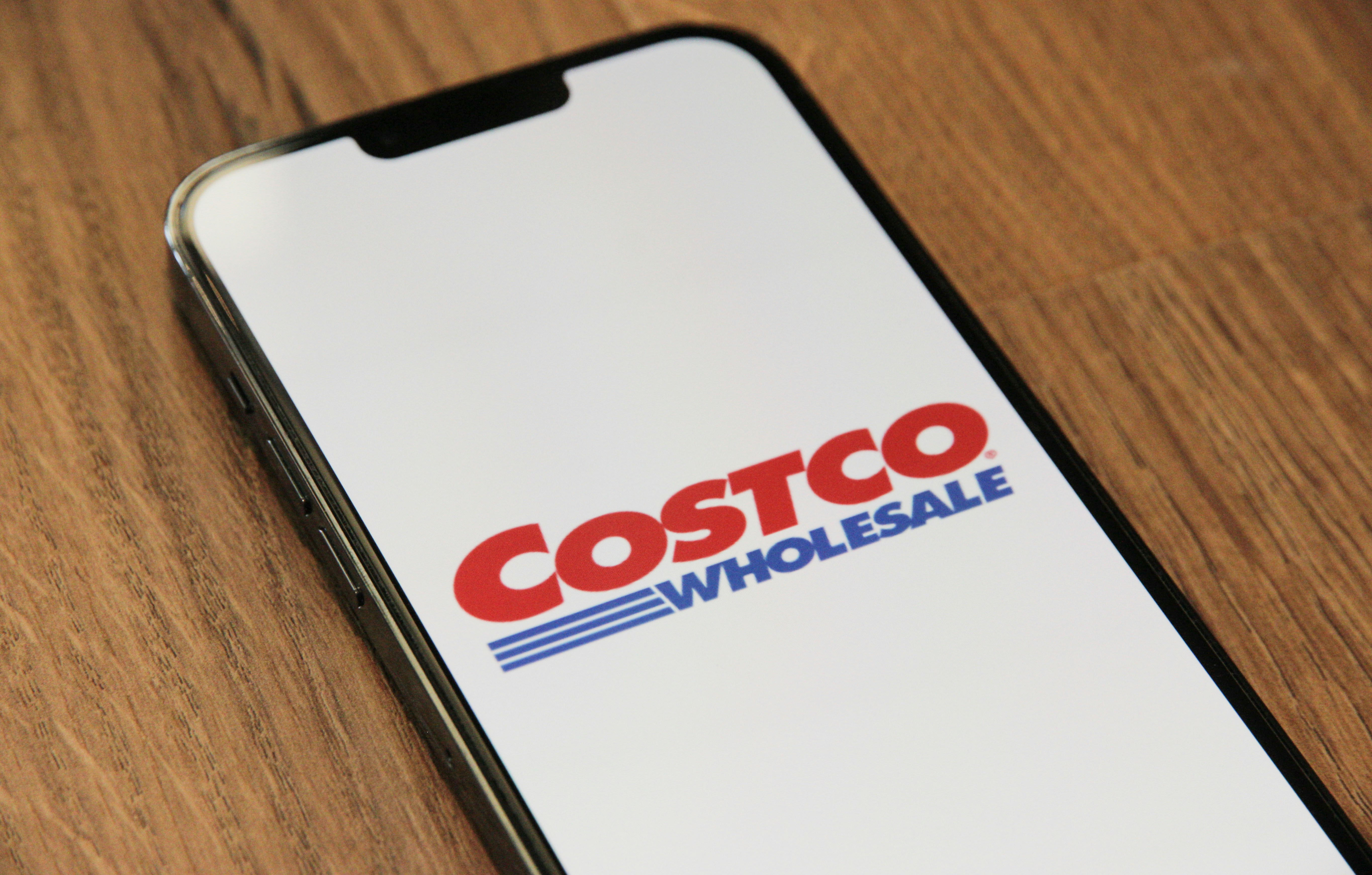
What is a Stock Split?
A stock split is a corporate action that increases the number of outstanding shares of a company by dividing existing shares into multiple new shares. For instance, in a two-for-one stock split, each shareholder receives an additional share for every share they already own, effectively doubling the total share count. However, it is essential to note that the overall value of the company remains unchanged, as the price per share is adjusted accordingly. In this case, the share price would be halved, ensuring that the market capitalization remains the same. This strategy is often implemented by companies, including giants like Costco, to promote liquidity and make shares more affordable for a broader range of investors.
Companies typically opt for stock splits when their share prices have risen significantly, making them prohibitively expensive for retail investors. By reducing the price per share, a stock split enhances the accessibility of shares, attracting more investors and potentially increasing trading volume. This influx of new investors can stimulate increased demand, which may ultimately benefit the company’s stock price over time.
Moreover, another reason businesses might consider a stock split is to create a more appealing and approachable market perception. A lower stock price can sometimes obscure the value of a company, whereas a more reasonable share price aligns better with the expectations of investors who are looking to participate in the market. In short, stock splits are strategic decisions that can help enhance liquidity, attract a wider range of investors, and maintain an appealing stock price—all of which can potentially contribute to a company’s long-term growth and stability.
Recent Trends in Costco’s Stock Performance
Costco Wholesale Corporation has long been a stalwart in the retail sector, and its stock performance reflects both the company’s strong business model and the broader market context. In the months leading up to its recent stock split, Costco demonstrated positive momentum, characterized by an upward trajectory in its share price. This trend can be largely attributed to several key factors, including robust earnings reports, strategic expansions, and an overall favorable economic environment.
During the last fiscal year, Costco reported significant sales growth, buoyed by a surge in demand for essential goods amid fluctuating economic conditions. Analysts noted that the company’s ability to adapt to changing consumer preferences contributed to its strong revenue growth. This performance was particularly pronounced in the inner quarters of the year when members flocked to stores for not just groceries but also electronics, clothing, and home goods. The strong performance culminated in a notable rise in share value, making a stock split an appealing option for the company to enhance liquidity and accessibility.
For investors, understanding the stock’s historical price trends is crucial. Costco’s shares previously experienced a substantial increase, reflecting the growing confidence investors have in its business model. Market analysts frequently pointed to high demand for the membership model as a key factor, emphasizing that Cisco’s ability to generate steady cash flow, even during economic downturns, significantly influenced investor sentiment. Additionally, external economic conditions, such as interest rates and consumer confidence indices, played a vital role in shaping market expectations surrounding Costco’s stock performance.
Moreover, the timing of this stock split coincided with positive macroeconomic indicators, which further fueled optimism among investors. Therefore, analyzing Costco’s stock performance prior to the split provides valuable insights into investor behavior and market dynamics that motivated this strategic decision.
Implications of the Stock Split for Investors
The recent stock split executed by Costco has significant implications for both current and potential investors. Stock splits, such as the one undertaken by Costco, are often perceived as positive signals, suggesting that the company is performing well and anticipates continued growth. This perception can enhance investor sentiment, as it implies that the company is taking measures to make its shares more accessible to a broader range of investors. By lowering the per-share price, Costco is likely to attract a larger pool of retail investors who may have found the initial share price prohibitive.
One of the foremost benefits of a stock split is the potential for increased liquidity. With the number of shares outstanding increasing, trading activity may increase, which may lead to more efficient price discovery. Investors may find that they can buy or sell shares without impacting the stock’s price as significantly. Increased liquidity often contributes to a healthier trading environment, making it easier for investors to enter or exit positions when necessary.
Moreover, the implications of the stock split extend to investment strategies. For some investors, particularly those utilizing technical analysis, the lower share price may create new opportunities for trading strategies that rely on price movements. Institutions and funds may also reassess their positions, balancing their portfolios in accordance with their investment mandates. Additionally, Costco’s dividend policy merits attention; a stock split might be accompanied by a recalibration of its dividends. While splits typically do not directly impact the total dividends paid, they can affect the per-share dividend figure. Thus, investors should monitor any announcements regarding changes to the dividend structure closely.
Overall, the Costco stock split holds several implications that could influence both market perceptions and investment behavior, making it imperative for investors to remain informed and adaptable in light of these developments.
Conclusion: Should Investors Buy Costco Stock Post-Split?
The recent stock split by Costco has generated considerable attention among investors, raising questions about its implications for future performance and investment opportunities. As outlined in previous sections, understanding the rationale behind stock splits is crucial. They often aim to make shares more accessible and increase liquidity. This split, which divides the value of existing shares, allows even retail investors to consider purchasing Costco’s stock, which may enhance participation in its long-term growth story.
When contemplating whether to buy Costco stock post-split, investors should weigh the potential risks against the anticipated rewards. While the stock split itself does not affect the intrinsic value of the company, it may impact market perceptions. Following historical trends, stock splits can lead to a temporary increase in stock prices, driven by heightened investor interest and trading activity. However, such trends should be approached with caution, as the actual performance of Costco’s stock will ultimately depend on the company’s fundamentals and broader market conditions.
Expert analyses suggest that Costco remains a robust company with a proven business model and consistent growth metrics. The solid fundamentals—characterized by stable revenue streams, customer loyalty, and a strong positioning in the retail sector—support a positive investment outlook. However, investors should also remain vigilant about external factors, such as inflation and changing consumer spending habits, that could affect profitability going forward.
In light of these considerations, potential investors are encouraged to assess their individual risk tolerance and investment goals before making any decisions. Conducting thorough research and keeping abreast of market developments can empower investors to make informed choices regarding their Costco stock portfolio in this post-split environment.


